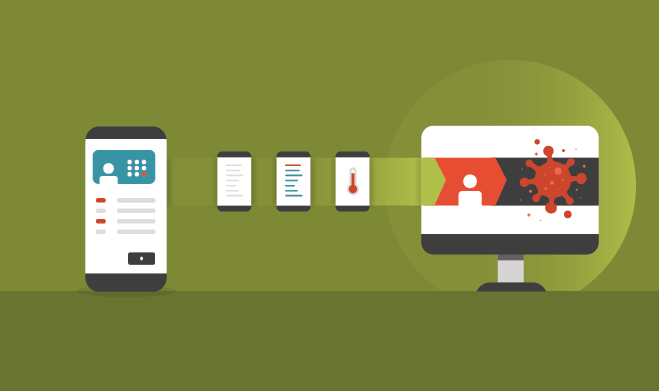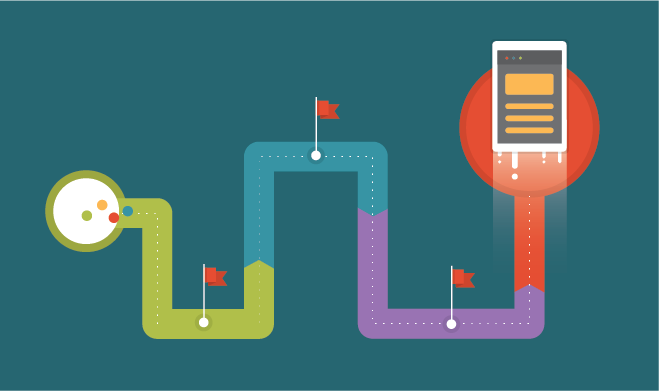Vitals Update App Creates Hope Through Innovation
With the launch of the Vitals Update app, everyone at ITX Corp. is so incredibly proud to take a stand in the fight against novel coronavirus. We developed the Vitals Update software solution to enable healthcare professionals to monitor potential COVID-19 cases while patients report their symptoms from quarantine.










